|
Click here for our review of "In Praise of Painting: Dutch Masterpieces at the Met" at New York's Metropolitan Museum of Art.
Click here for our review of the "Poetry of Nature: Edo Paintings from the Fishbein-Bender Collection" at the Metropolitan Museum of Art in New York City.
Click here for our review of "Obsession: Klimt, Schiele and Picasso from the Schofiled Thayer Collection" at the Met Breuer in New York City.
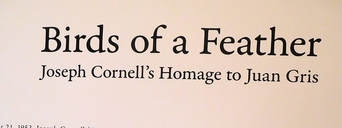 “Birds of a Feather: Joseph Cornell's Homage to Juan Gris” at the Metropolitan Museum of Art is a small exhibition that brings together a dozen of Cornell's shadow boxes along with the painting by Juan Gris that inspired Cornell. Joseph Cornell was born in 1903 outside of New York City. He was the eldest of four children. When his father died in 1916, the family was left in bad financial circumstances and had to move into the city. Joseph dedicated most of his life to supporting the family including a younger brother who had cerebal palsy. Painfully shy, Cornell never married and had few relationships and friendships. Cornell had little formal education. However, he was well-read and interested in cultural activities. Accordingly, he spent much of his free time exploring museums and art galleries. As a result, he began to develop his own art. The primary medium used by Cornell was the shadow box. He would take various objects that he discovered on his trips around New York and assemble them together. These juxtapositions of found objects had a surrealistic flavor and he was embraced by the Surrealists and New York's artistic community. On one of his visits to an art gallery, he saw a painting by Juan Gris that he found striking. Gris was born in Spain in 1887 but moved to Paris in 1906 where he became part of the avant garde scene. Although not the inventor of Cubism, he brought that style forward and developed it. The work that inspired Cornell was “The Man at the Cafe.” In it, Gris depicted the criminal mastermind in a popular series of novels. This shady character is almost entirely obscured by the newspaper he is reading. The shadow from his fedora blocks out his face. Wood grained paneling mixes the background and the figure. Done in the Cubist style, it is divided into geometric planes. Cornell made 18 shadowboxes, two collages and a sand tray in the series inspired by Gris' painting. Like Gris' painting, he incorporated printed pages and trompe l'oeil wood grain in these works. There is also a central figure but instead of a criminal mastermind, the figure is a cockatoo. The shadow boxes are much smaller than Gris' painting. Consequently, they are much more intimate visually. Thus, while they may be rooted in the painting, they are a much different visual experience. 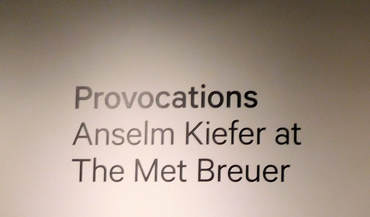 “Provocations: Anslem Kiefer at the Met Breuer” is a large exhibition drawn from the Metropolitan Museum of Art's collection of works by the contemporary German artist. Anslem Kiefer was born in Germany two months before the end of the Second World War in Europe. Kiefer planned from childhood to be an artist. However, when he entered the University of Freiberg, he began as a pre-law and language student. However, he soon switched to the study of art and went on to studying art at academies in Karlsruhe and Dusseldorf. He studied informally with the artist Joseph Beuys. Now a well-established artist, he lives in the South of France. Keifer's work has been primarily concerned with relating German history and culture to the present day. In particular, he has sought to confront the Nazi era. Following the end of the Second World War, the symbols of the Nazi era were outlawed in Germany. The victorious Allies were concerned that the Nazi movement could be revived if these symbols were allowed to be displayed. For many of the vanquished German people the ban made it easier to forget the horrors that had been committed in their name. However, by the 1960s, German intellectuals were arguing that the Germany had to come to terms with its past. In 1969, Kiefer came to public attention with a series of photographs that he had taken of himself in his father's Wermacht uniform giving the Nazi salute. The photos were taken with a background of historic monuments around Europe and by the seaside. Audiences wondered whether the photos were meant to be ironic or as praise for the Nazis. Kiefer's objective was to cause people to confront rather than bury the past. Kiefer has over the years expanded the scope of his work to include a broad range of German history and culture. However, since the Nazi propaganda machine conscripted much of German music, myth, legend and history, the specter of the Nazi era is never far away. Described as a Neo-expressionist, Kiefer has used a variety of mediums in his work. In addition to traditional painting and photography, his works have incorporated such things as earth, lead, straw and broken glass. He is also known for works on a monumental scale. One such monumental work displayed in the exhibition is “Bohemia Lies by the Sea” (1996). The painting has some of the force of an abstract expressionist work. However, it is actually a scene of a rutted country road extending through a field of poppies. The title is taken from an Austrian poem in which the poet longs for utopia but recognizes that it is unreachable just as landlocked Bohemia can never be by the sea. The connection to the Nazi era is that Bohemia is in the Sudetenland annexed by the Nazis just before the war. Furthermore, poppies are a symbol for lives lost in war. While Kiefer is known for his large works, I found myself drawn more to some of the smaller works in the exhibition. For example, in “Herzeleide” (Suffering heart), Keifer based his watercolor on the image in a Nazi era book of a mother looking at a document informing her that her son has been killed. Nazi propaganda exalted such sacrifices. In his painting, Kiefer has replaced the document with an artist's palette. “My Father Pledged Me A Sword” is based upon Wagner's Ring Cycle operas. In the operas, Woton, king of the gods, thrust a sword into in an ash tree. Later, his son Sigmund is in need of the sword and cries out for it. However, Kiefer has painted the sword not in a tree but in a rock atop a high cliff overlooking a fjord - - much more difficult to retrieve. Even assuming aguendo that the viewer knew nothing about German history or culture, Kiefer's art still works. The works are well composed. Sometimes bleak and sometimes harsh, they are always emotionally powerful and thought-provoking. “Like Life: Sculpture, Color, and the Body (1300–Now)” at the Met Breuer in New York City surveys 700 years of Western sculpture focusing on works that in one way or another attempt to approximate life. The works occupy two floors of the museum and are drawn from the Met's own collection as well as works on loan from elsewhere.
Western sculpture has long depicted the human form. However, at least since Medieval times, the majority of the sculptures of the human body have not tried to convey a life-like appearance. To illustrate, marble statues in museums are usually left white and bronze statues in the park are usually the color of the metal. They are meant as depictions of the human form rather than attempts to re-create a real person. No one would mistake these statues for real people. Throughout this period, however, there have been attempts to cross the border line traditionally observed by sculptors. Most often this has been done by painting the sculpture to give it the color of a real person. However, it has also been done by incorporating elements such as human hair in the sculpture or by dressing the sculpture in clothing. Plastics and similar materials have made it easier to approach a life-like look. This exhibition looks at the various ways sculptors have striven to create a life-like image. There are examples of religious sculptures painted to make the saint or other subject appear alive. A life-like appearance was thought by some to be helpful in persuading viewers to believe. Others, however, condemned such depictions as being akin to idolatry as people might worship the statue rather than the concept behind the statue. Edgar Degas clothed his famous sculpture of a young ballet dancer with an actual ballet costume. While the image is now very familiar, it was unsettling to 19th century viewers when it was first shown in Paris. Sculptures did not wear actual clothing. More recently, artists have not only clothed figures but by using technology and artificial materials have created figures so life-like that the viewer is left wondering whether the figure is really just someone standing still. Beyond the novelty of such statues, they can be used to capture a moment in time when surrounded by furniture or other props.. Traditionally, statues remained in one pose. Mannequins and other figures with movable parts generally were not considered art. However, the exhibition shows that artists have in the past and now have used movable parts in their sculpture. The exhibition does not present the works chronologically but rather by theme. For example, one gallery is devoted to the Pygmalion myth, in which the gods grant a sculptor's wish that the statue that he has created turn into a real woman. The works include a 19th century painting, a series of drawings by Pablo Picasso and John De Andrea's 1980 sculptural scene in which figures made of polyvinyl polychromed in oil depict the artist and his sculpture with life-like detail. “Life-like” is a phrase often used at funerals to describe the mortician's treatment of the corpse. Regardless of how closely a sculpture approximates life, the fact remains that it is not alive. Thus, there is a morbid element to this line of sculpture. In fact, one of the works is a corpse. The 19th century British philosopher Jeremy Bentham specified in his will that after his death his body would be dissected. After that was done, the body was to be preserved and brought out at meetings at the University of London His wishes were followed. Over the years, the head deteriorated and so a wax head was mounted on the body. The clothed body with its wax head is seated in a glass case. The smile indicates that Bentham would have enjoyed the viewers' discomfort. Along the same lines, there are sculptures with blood and/or vital organs showing. The fact that the sculptures are life-like makes these mutilations rather grisly even though no real person was involved. Although sometimes unsettling, overall, this is an interesting and thought-provoking exhibition. The exhibition shows that an inanimate object can be made to appear strikingly like a real person. Yet, oddly enough, in art, the essence of a person often comes through better in a less realistic image. Thus, one is left to ponder what it is that sets a living being apart. “American Painters in Italy: From Copley to Sargent” at the Metropolitan Museum of Art is an intimate exhibition of works from 18 American artists illustrating the influence of Italy on their art. Drawn from the museum's collection, it includes drawings and sketches as well as a number of watercolor paintings.
In the 18th and 19th centuries, people interested in pursuing a career in art were encouraged to travel to Italy to study that country's long artistic history and culture. Of course, only a few had the means to make the arduous trip across the Atlantic from America. Still, beginning with Benjamin West in 1760, a number of American artists who would later achieve lasting fame made the journey. For example, Thomas Cole traveled to Italy in 1825 during a sojourn that took him to England and several European capitals. In Italy, he enrolled in art classes in Florence and made copies of works by Italian Renaissance masters. He also ventured out and made sketches of the Italian landscape. When he returned to the United States, he incorporated what he had learned in his landscapes. Thus, Cole's time in Italy can be said to have influenced the Hudson River School and American landscape painting. The exhibition contains a number of works done as part of such educational journeys. For example, there is a page of drawings by Thomas Sully of works by Michelangelo. There is also a watercolor copy by Julian Alden Weir of a painting by Botticelli. Italy's influence on American artists is shown in other ways. For example, J. Carroll Beckwith's chalk drawing called “The Veronese Print.” is a portrait of a Victorian era woman.. The reference to the Italian Renaissance master Paolo Veronese in the picture's title is to a print on the wall behind the sitter. Of course, American artists traveled to Italy for purposes other than studying. In 1879, James McNeil Whistler traveled to Venice to do a series of etchings for the Fine Art Society in London. While he was there, he did nearly 100 pastel drawings of the city. His “Note in Pink and Brown” is an intriguing drawing of a scene from one of Venice's canals. Whistler omits unnecessary detail to produce a vague, dream-like atmosphere. The highlight of the exhibition is a series of watercolors by John Singer Sargent. Born in Florence, Italy to expatriate American parents, Sargent traveled often to Italy. Most of these watercolors are landscapes of Venice or studies of architectural features. His watercolors are freer than the commissioned portraits for which he is best known. Furthermore, the colors are more vivid in the watercolors, more like those of his friend Claude Monet. 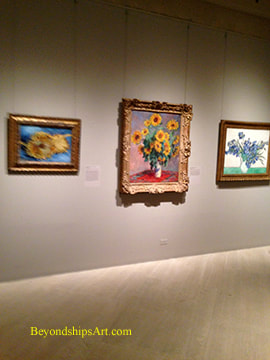 “Public Parks, Private Gardens: Paris to Provence” at the Metropolitan Museum of Art is a large exhibition that places in context much of the art created in France from the French Revolution to World War I. It explains why so much attention was paid by artists such as the Impressionists to the out doors as a subject. Extending from the late 18th century through the 19th century a passion developed in France for parks and gardens. Several factors came together to fuel this passion. First, as a result of the French Revolution, the parks and hunting reserves that had heretofore been open only to royalty and the aristocracy, became open to everyone. This access helped to open the eyes of the public to the beauties of nature. Second, the Industrial Revolution also changed the character of society. The middle class grew and people had more leisure time. They wanted green spaces, both public parks and private gardens, where they could escape from the stresses and pollution that were the less attractive side effects of industrialization. Accordingly, in the grand re-design of Paris that took place in the mid-19th century, Baron Haussmann included tree-lined boulevards and some 30 parks and squares. Other cities and towns throughout France followed suit. Third, it was also a period of exploration and travel. Exotic plants were being brought back to France, stirring the public imagination. The Empress Josephine, first wife of Napoleon, and a celebrity in her day, spurred public interest in such plants by making her greenhouse at Malmaison a horticulture hub for exotic species. Artists were not immune from these forces. The natural world, depicted in landscapes and in still lifes, had long been a subject for art. However, a new enthusiaum developed. The painters of the Barbizon School took inspiration from the former royal hunting grounds at Fontainebleau. Later, the Impressionists, whose aims included depicting scenes of modern life, reflected public's passion for parks, gardens and the natural world in their works. While this exhibition includes earlier works, the Impressionists and the artists that they influenced dominate the exhibition. For example, in the gallery “Parks for the Public,” we see works by Camille Corot, Théodore Rousseau and others of former royal hunting reserves. However, you also have masterpieces by Calude Monet and Camille Pissaro of city parks in Paris. There is also a wonderful watercolor by Berthe Morrisot “A Woman Seated at a Bench on the Avenue du Bois” as well as a study by Pointillist George Seurat for “"A Sunday on La Grande Jatte." In the gallery “Private Gardens,” the works reflect the fact that people wanted to have their own green spaces where they could cultivate plants and escape from the outside world. Many artists were also amateur gardeners during this period. Of course, the dominant figure here is Claude Monet who was painting garden scenes long before he created his famous garden at Giverney. However, lesser known watercolors of garden scenes by Renoir and by Cezanne should not be overlooked. With regard to portraiture, we see that the artists blurred the distinction between portraits and genre painting. They are both depictions of individuals and scenes of everyday life. As a result, the identity of the sitter is no longer paramount if important at all to the success of the work. Furthermore, nature is an equal partner in these scenes, not just a background. To illustrate, Edouard Manet's “The Monet Family in Their Garden at Argenteuil” is a portrait of Monet and his family. The figures are arranged in a relaxed manner rather than in traditional portrait poses. Thus, it is also a scene of everyday life. Moreover, it would be just as successful if the figures were an unidentified family because it is a captivating garden scene. The passion for nature also brought about a revival of interest in floral still life painting. The exhibition presents examples by Manet, Monet, Cassat, Degas, and Matisse to name a few. But Vincent Van Goghs paintings of sunflowers and irises attract the most viewers. Given the popularity of the Impressionists and their broader circle, one would expect any exhibit in which they are prominent to be successful. However, the Met has done a good job here of supporting the theme of the exhibition. In addition to the paintings, there are drawings, prints contemporary photographs and objects relating to this theme. The signage is also good. |
AuthorRich Wagner is a writer, photographer and artist. Archives
November 2018
Categories
All
|
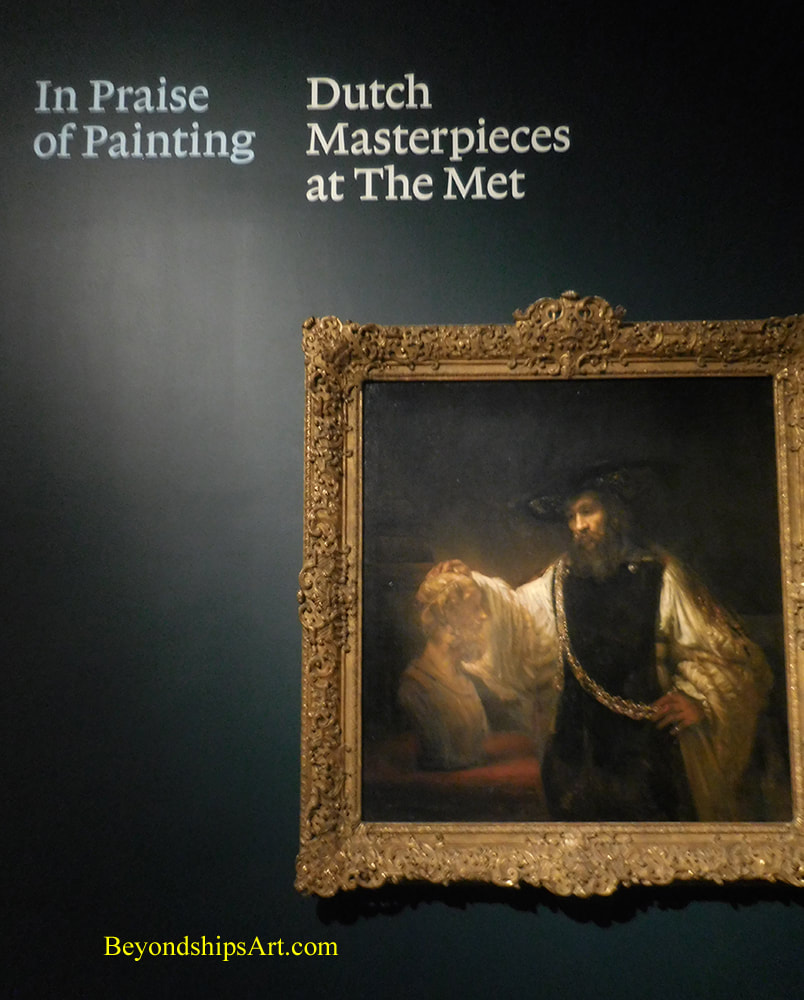
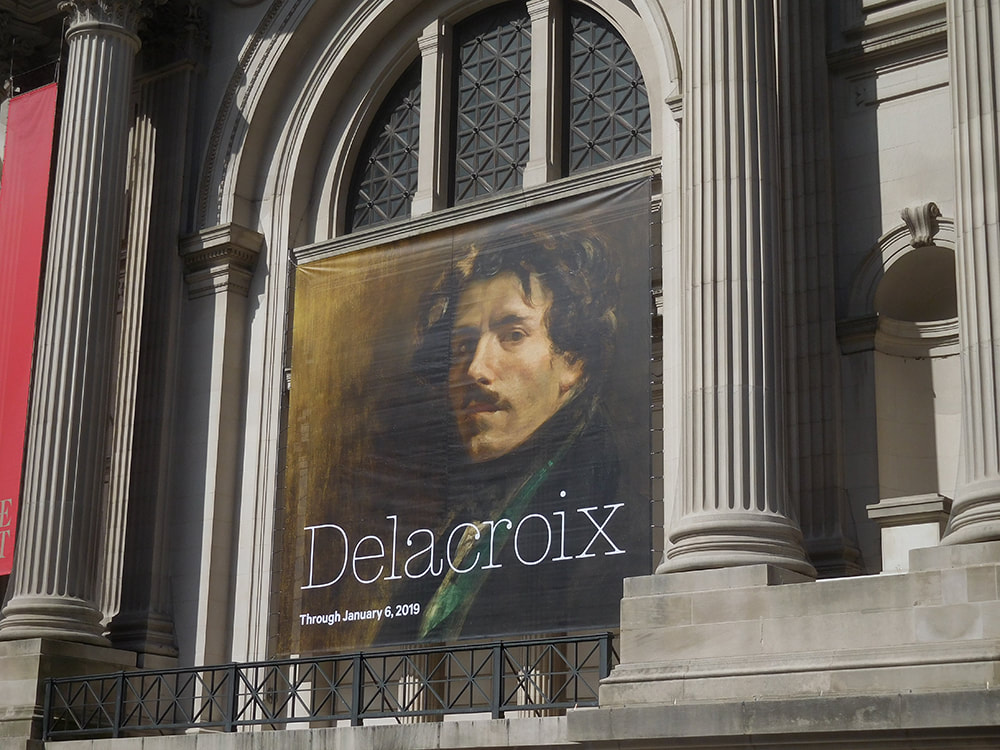
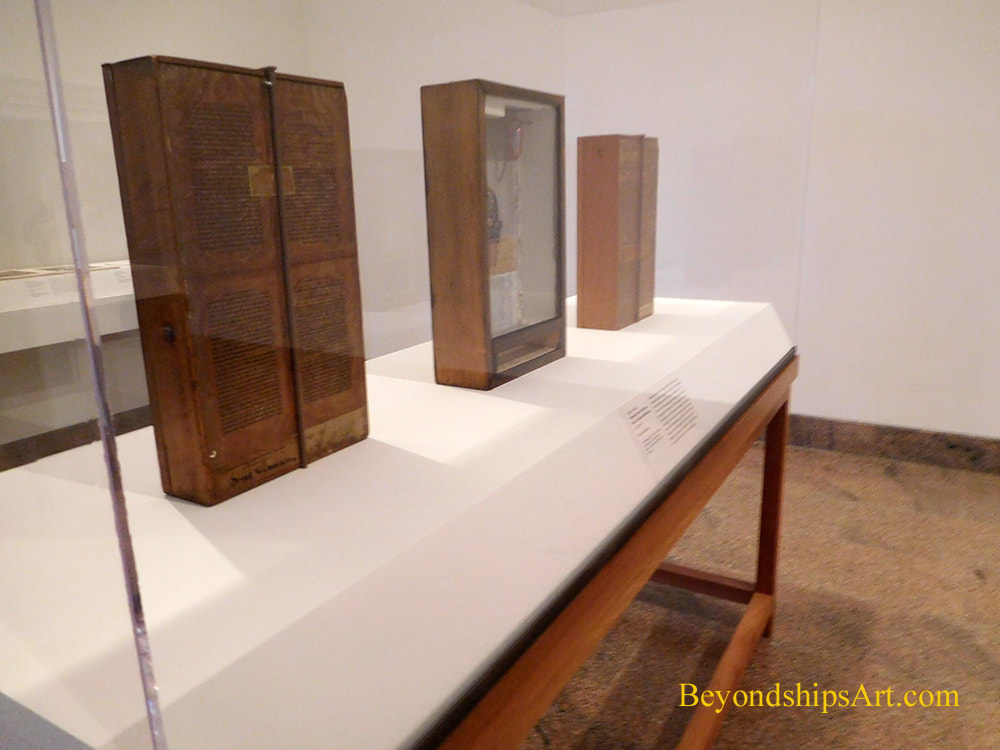
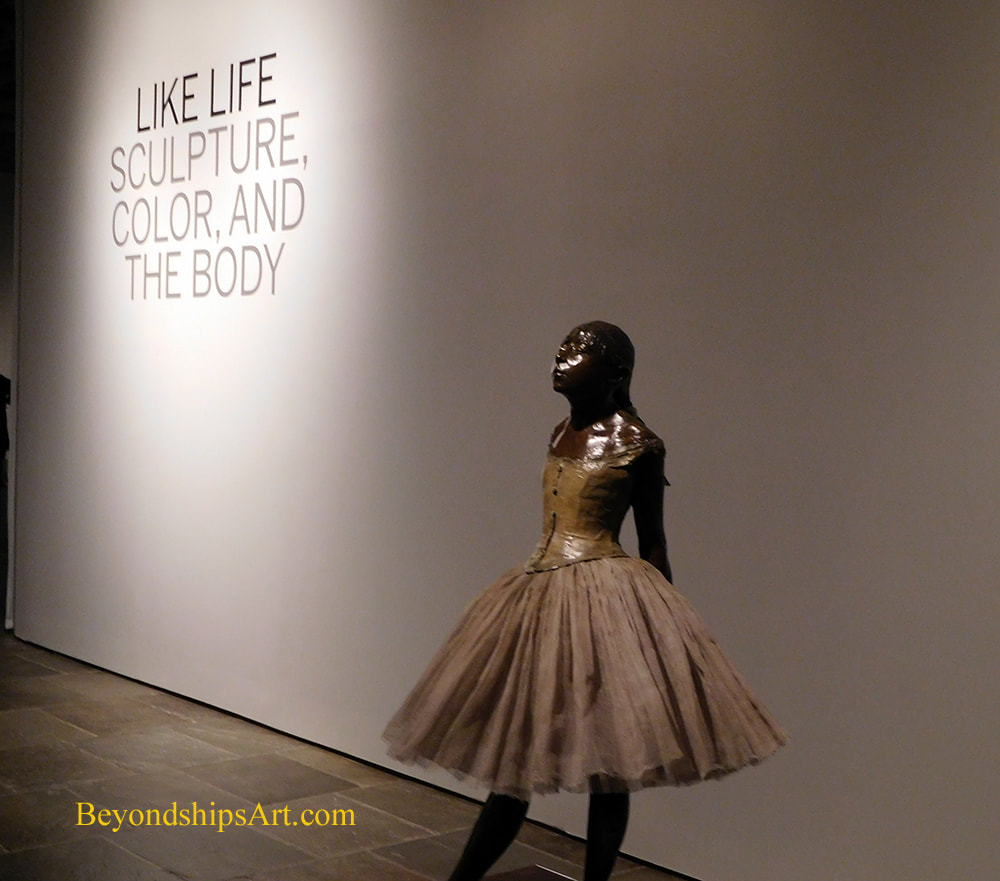
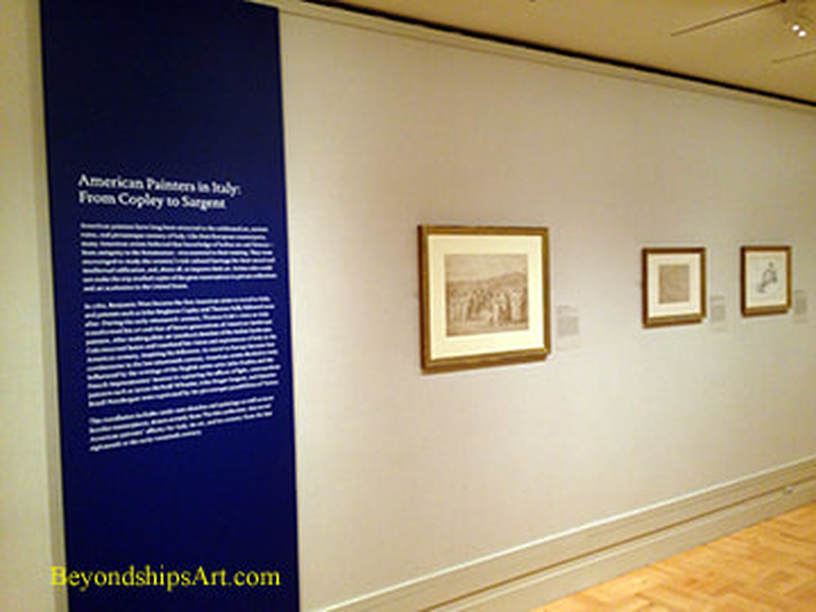
 RSS Feed
RSS Feed